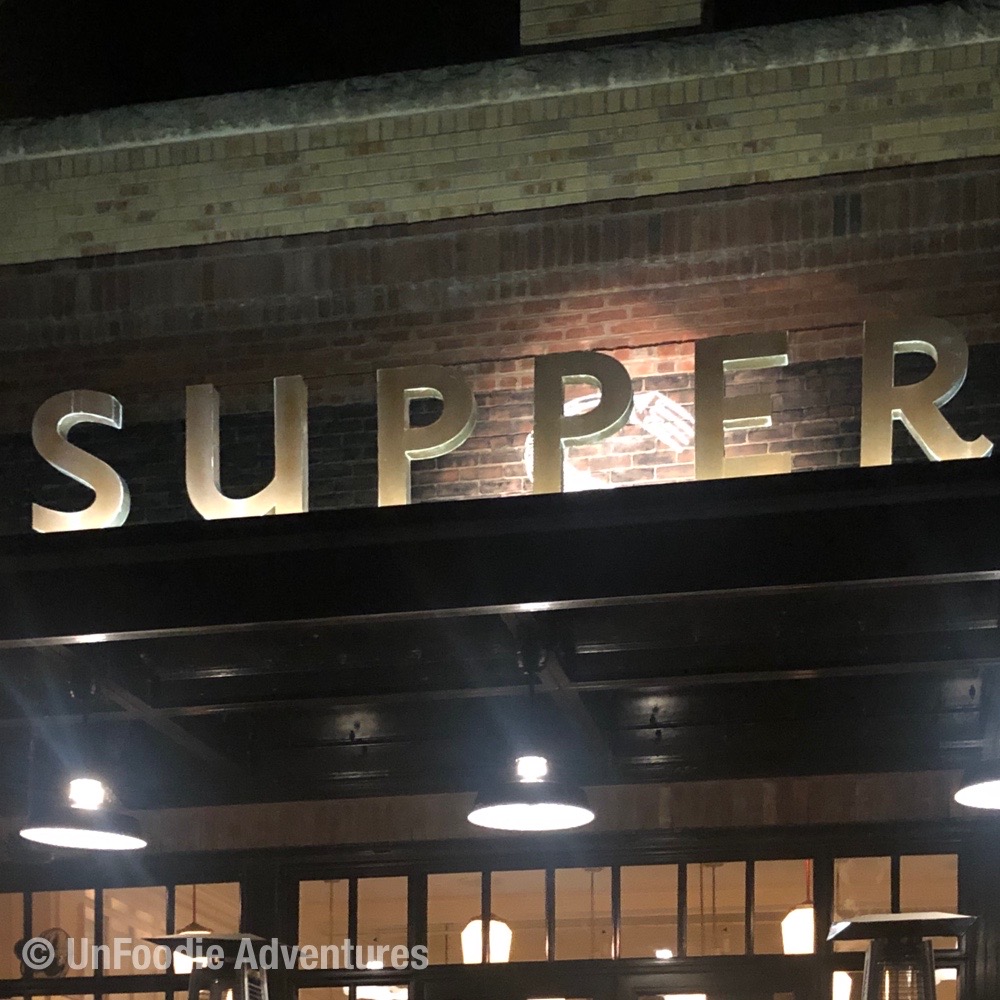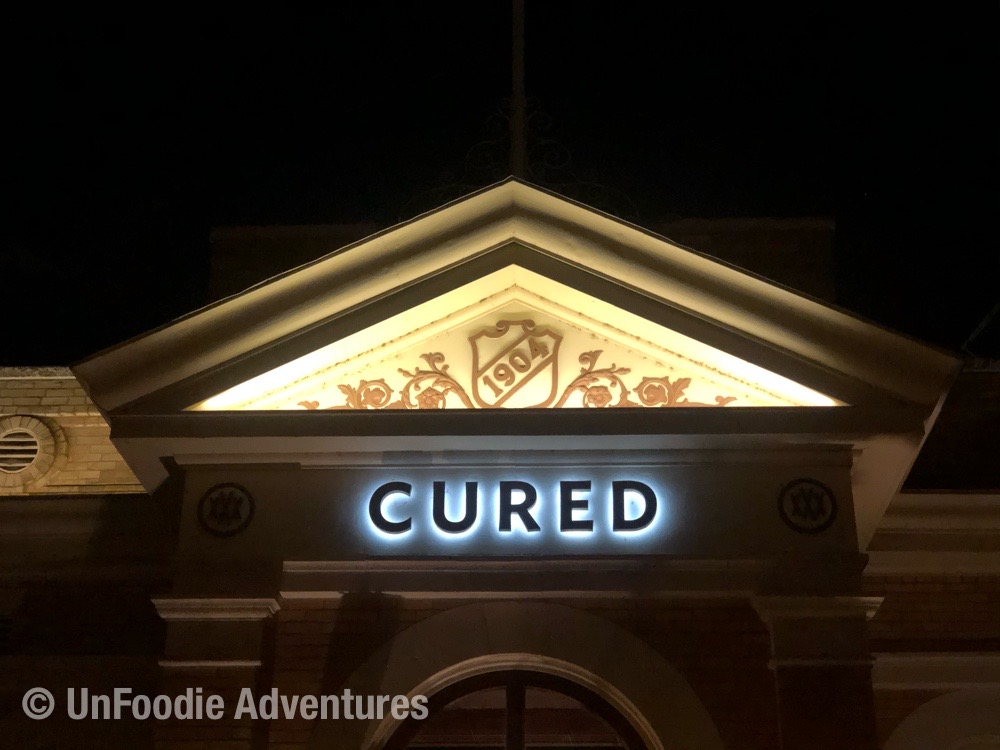The San Antonio River Walk (also referred to as Paseo del Río) is a 15 mile long network of walkways which run alongside the banks of the San Antonio river. It’s home to attractions, shops, and restaurants. While the full walk would take 6+ hours if you have the time and endurance, for those who are more time-limited, a couple mile stretch in the downtown area is destination worthy of a visit.
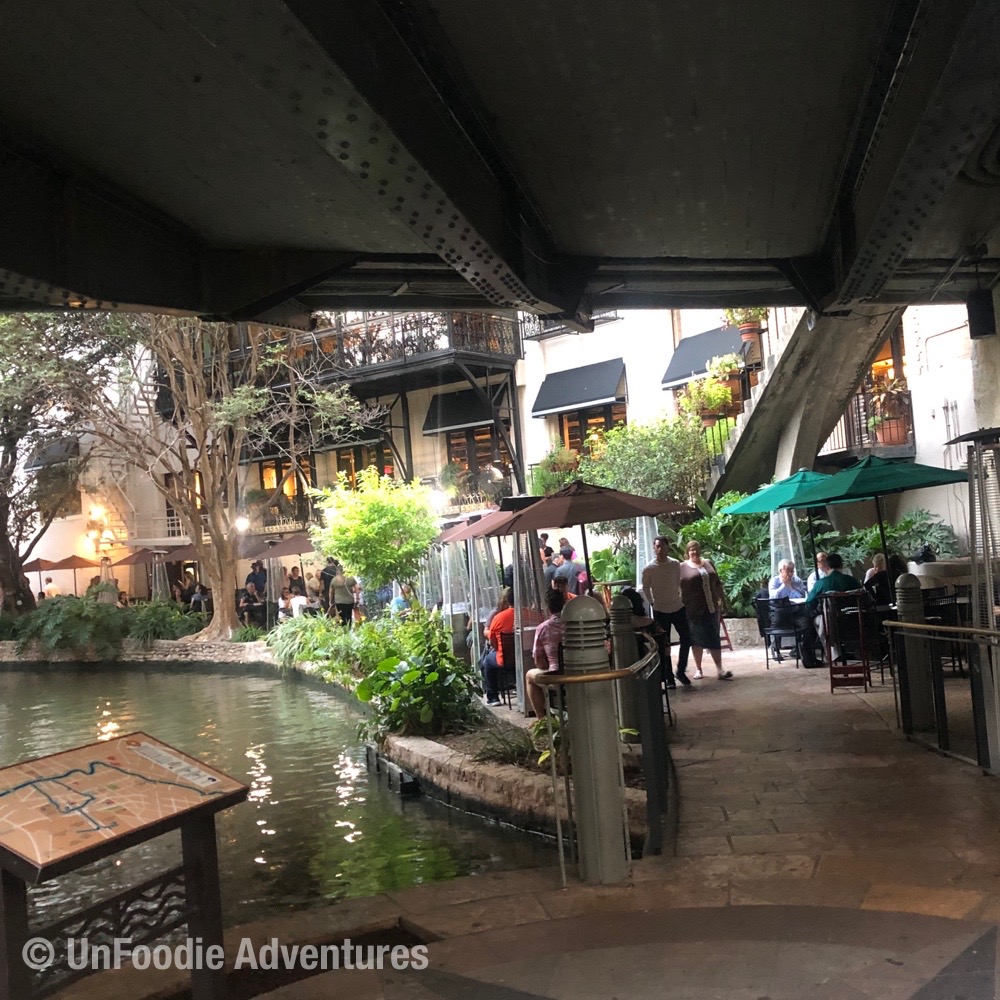
San Antonio’s transformation into a culinary destination began more than a decade ago, kickstarted by an urban revitalization project that transformed an old brewery into a culinary paradise anchored by a Culinary Institute of America campus. The Pearl Brewery operated for more than 100 years before closing in 2001. It’s since been redeveloped and now houses San Antonio’s first food hall, a restaurant by James Beard Award-nominated chef Andrew Weissman and a year-round farmers market. The foodie vibe has taken hold and the accolades are rolling in – San Antonio was named UNESCO Creative City of Gastronomy in 2017. To some that may not be as prestigious as at “World Heritage Site” designation, and to other it is more impressive. But, I will point out that there are over a 1000 World Heritage Sites and only 180 Creative Cities of Gastronomy – so you decide what’s more prestigious. (San Antonio actually has a World Heritage Site worthy of a visit too, so you really don’t have to decide, but there’s no reason to let facts disrupt my soliloquy). If you are a foodie on a budget, then you have even more reason to be excited as San Antonio is America’s most affordable foodie hotspot, according to a 2017 report from WalletHub.
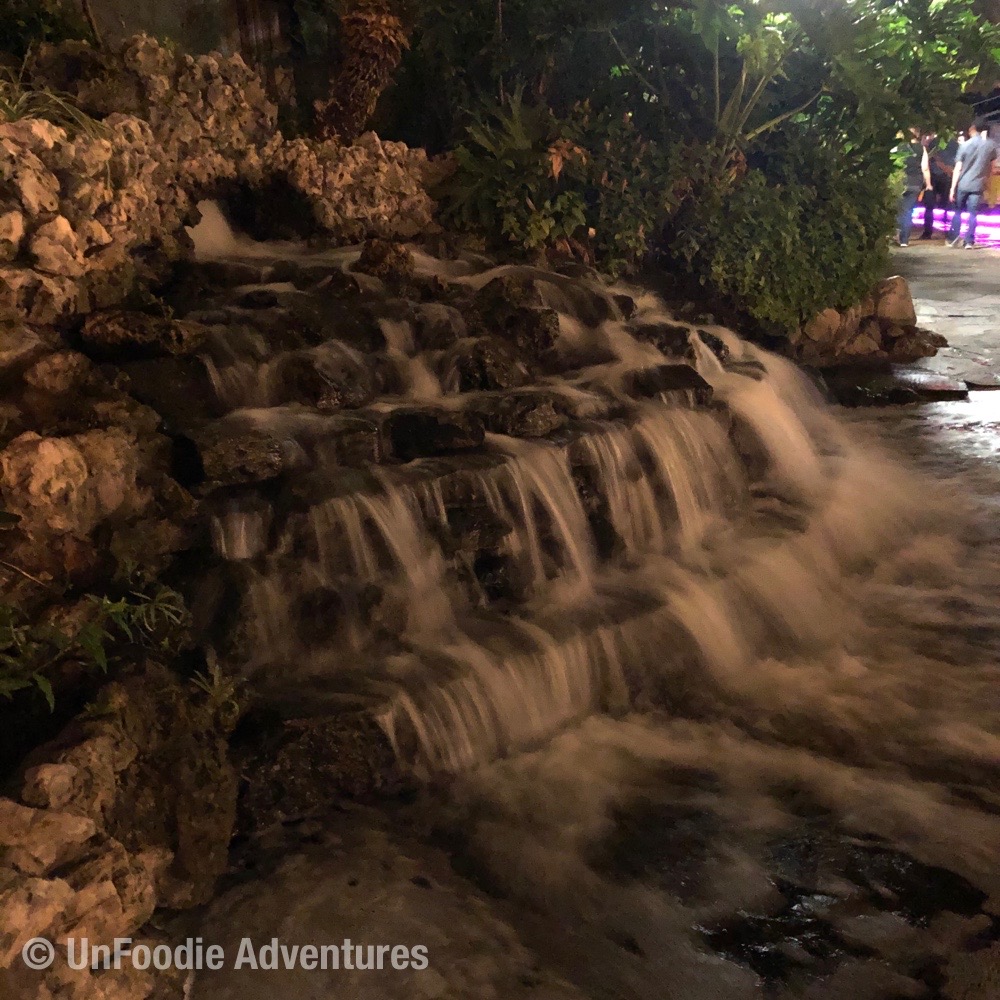
Why it is called the Riverwalk
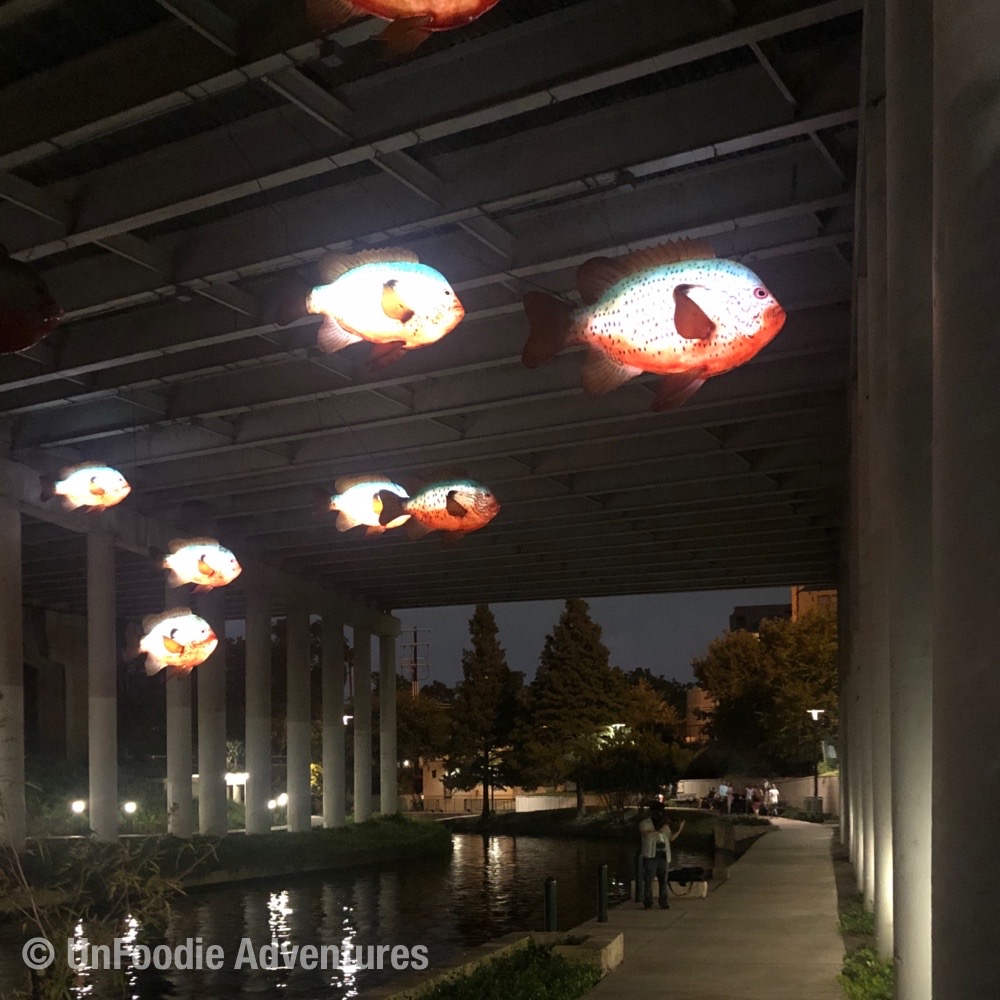
Try and catch one of those fish…
I dare you!
everything is Biga in Texas
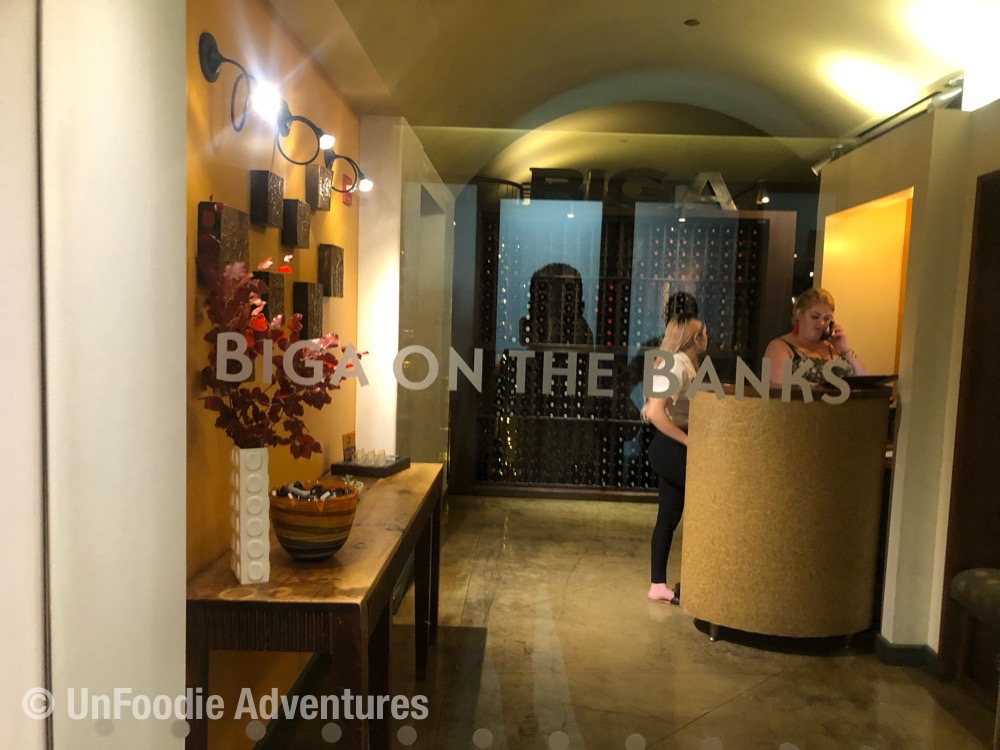
No cover up here!
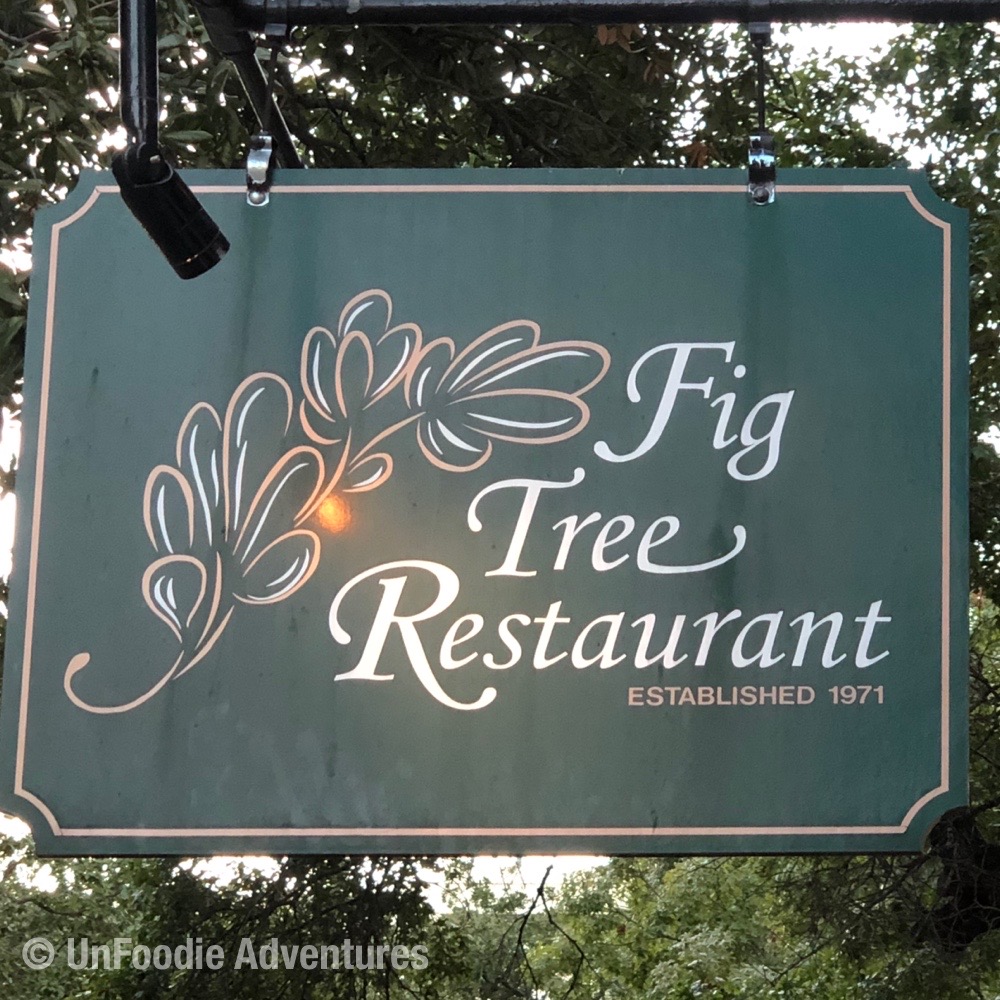
Where you can get a great…
